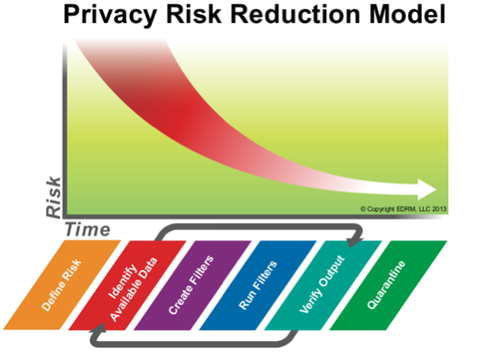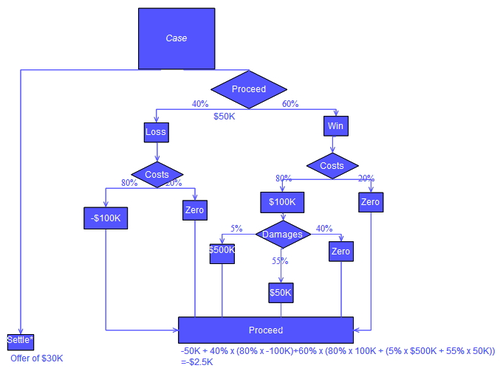Can’t Agree on eDiscovery? Try Using an eMediator – eDiscovery Best Practices

The Rule 26(f) “meet and confer” conference is a requirement in Federal cases as of the rules changes of 2006 to the Federal Rules of Civil Procedure. It enables the parties in a lawsuit to discuss discovery and create a plan for the sharing of information during and before trial. But, what if you can’t agree on how discovery should be handled? Considering using an “eMediator”!
Allison Skinner and Peter Vogel recently wrote an article in Law Technology News (E-Mediation Can Simplify E-Discovery Disputes) that discusses the idea of using mediation for resolving discovery disputes. As they note in the article, “What do lawyers fight about most in a civil lawsuit? E-discovery. So, it makes sense that mediation is appropriate for resolving discovery disputes.”
Some key recommendations from the article:
- Lawyers for the litigants should agree to an eMediation at the outset of the case to develop a discovery plan that maximizes efficiency, reducing time and cost for the discovery process.
- Expect for the eMediator to request the organization’s CIO (or CTO), general counsel, and outside counsel to participate at the beginning of the lawsuit.
- Topics for which the eMediator will help facilitate discussion include naming the proper email custodians, identifying electronic evidence, and determining which evidence should be preserved to avoid spoliation claims later.
- Like other instances of mediation, the discussion in an eMediation is confidential, the parties are given an opportunity to discuss eDiscovery candidly. Your team can disclose information about the evidence without fear that they will later be deposed on the issues discussed during the mediation.
- Each party should prepare an “eMediation Statement” to provide details about the dispute to help the eMediator understand the issues.
- Be prepared to discuss search terms, databases, available technology, forms of production, and other issues for creating an eDiscovery plan of action with the mediator.
As the article notes, an eMediator “should be trained and experienced not only in eDiscovery, but in alternative dispute resolution” (ADR). Depending on the type of litigation, the eMediator may also need to “have specialized knowledge in a particular practice area”.
Training programs for ADR are available at the American College of E-Neutrals, the University of California Hastings College of the Law, the Organization of Legal Professionals and The Sedona Conference.
For more on requirements and topics for the meet and confer, click here and here.
So, what do you think? Have you ever used mediation for discovery issues? Please share any comments you might have or if you’d like to know more about a particular topic.
Disclaimer: The views represented herein are exclusively the views of the author, and do not necessarily represent the views held by CloudNine Discovery. eDiscoveryDaily is made available by CloudNine Discovery solely for educational purposes to provide general information about general eDiscovery principles and not to provide specific legal advice applicable to any particular circumstance. eDiscoveryDaily should not be used as a substitute for competent legal advice from a lawyer you have retained and who has agreed to represent you.






